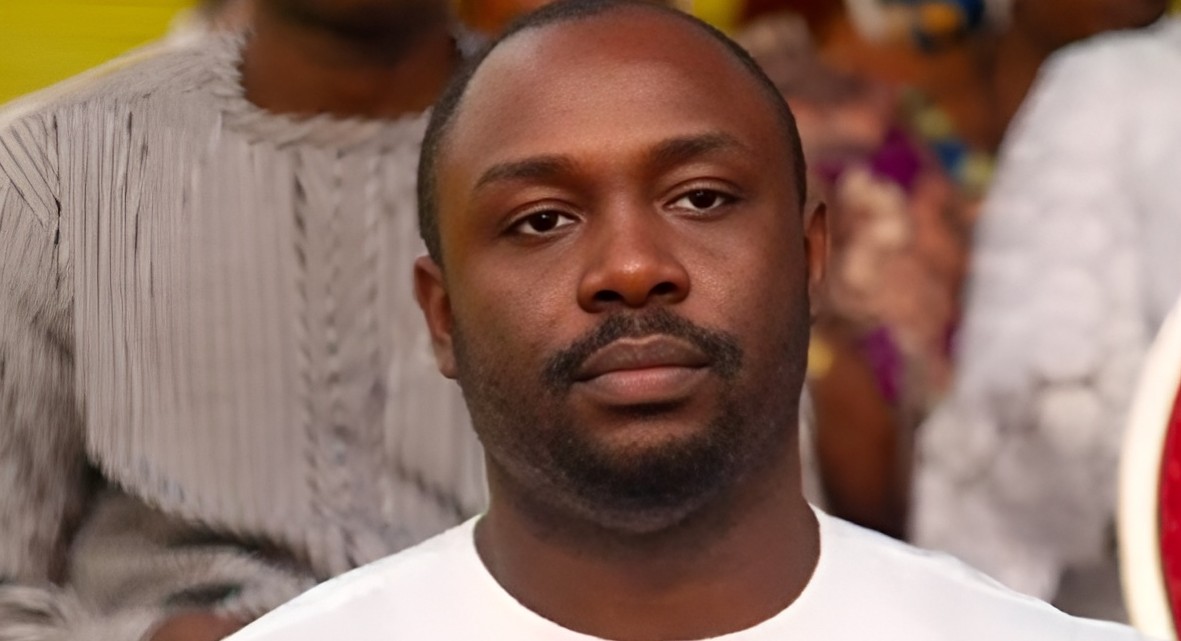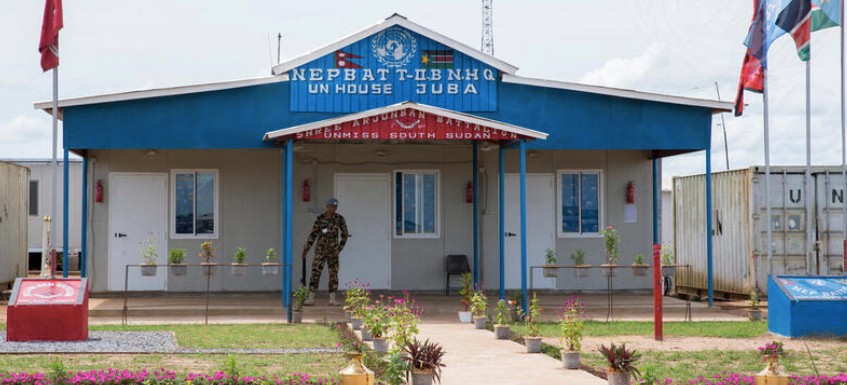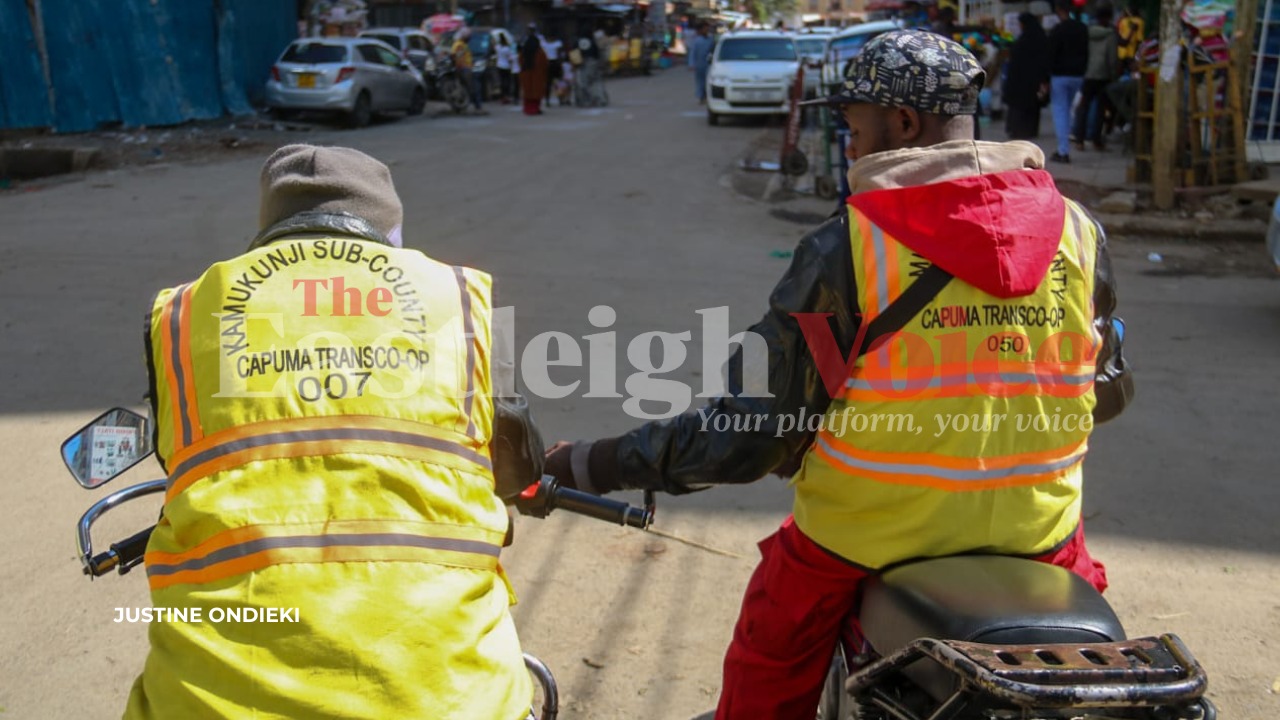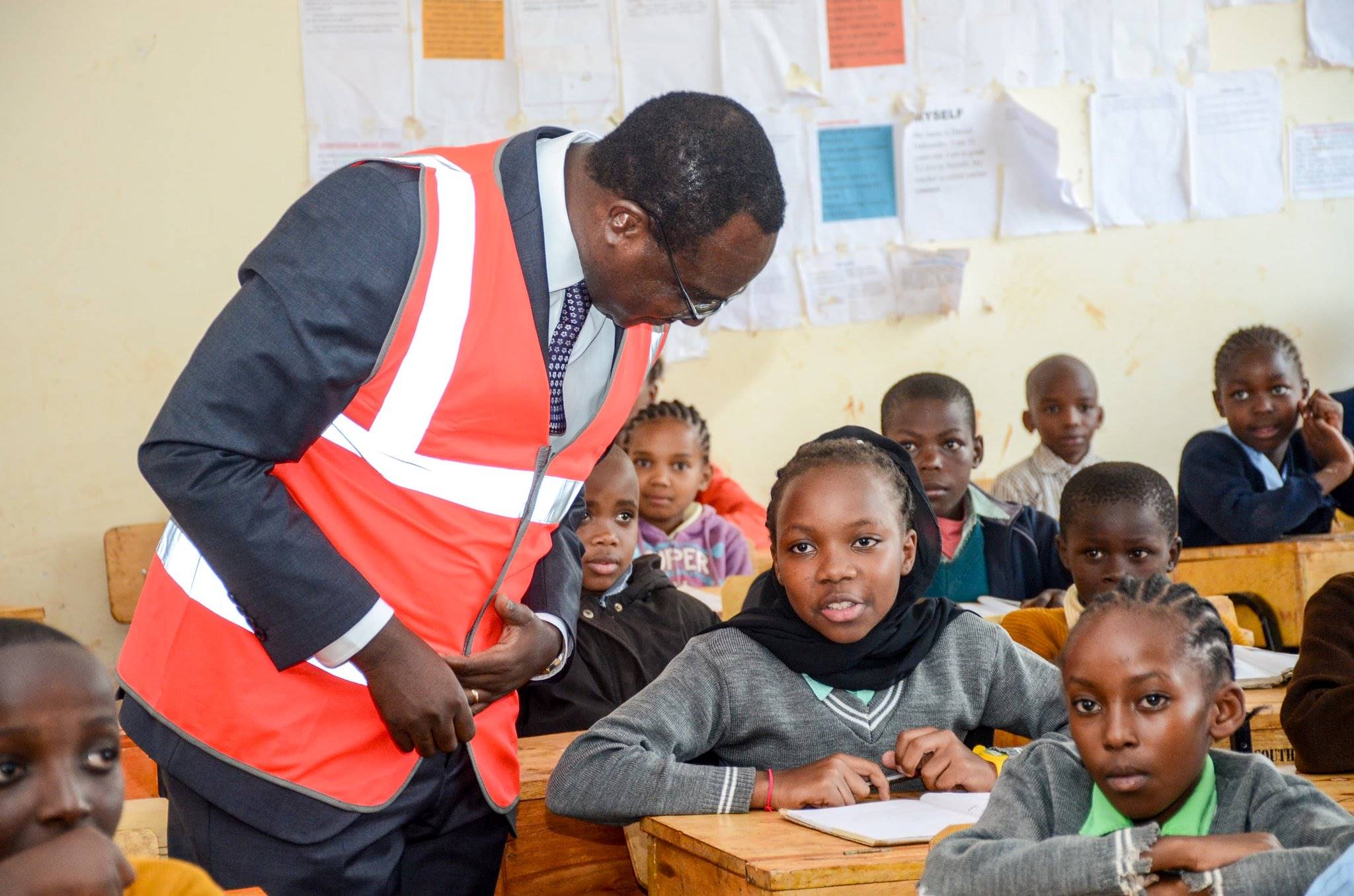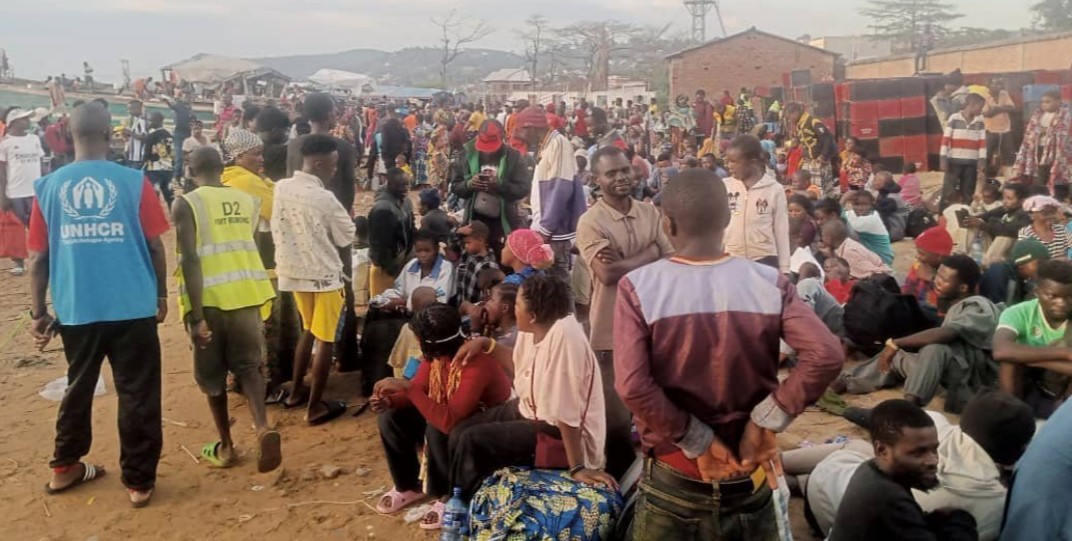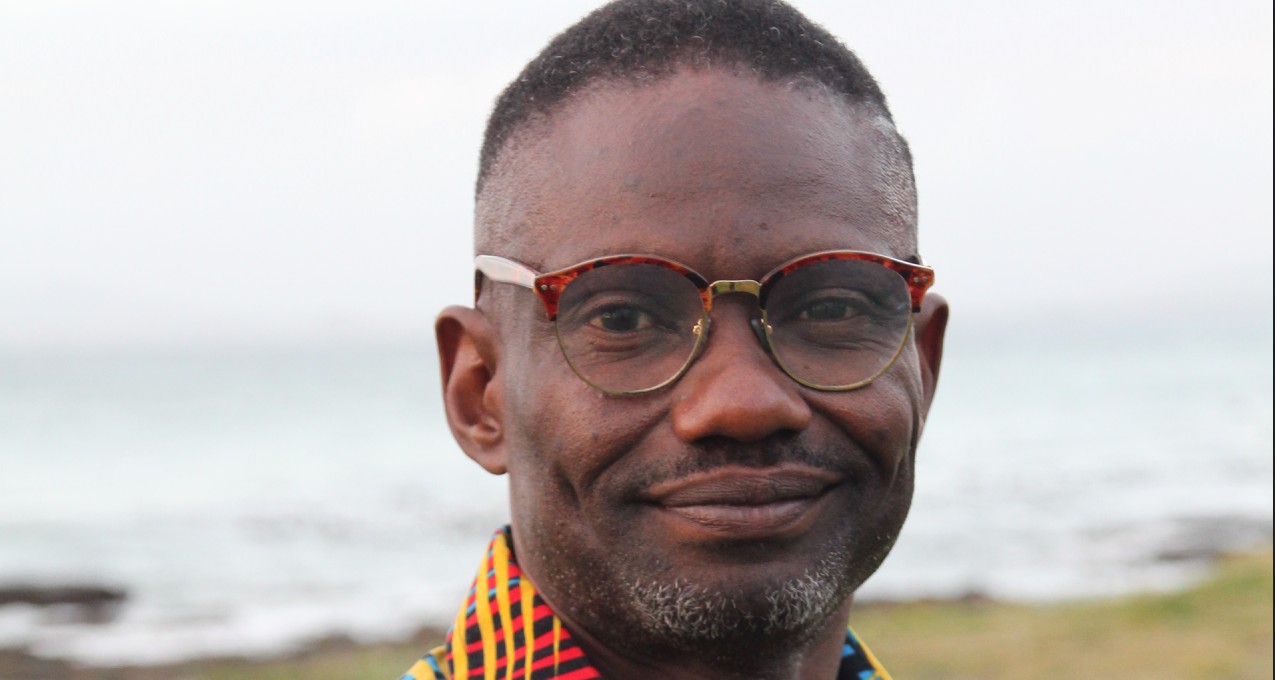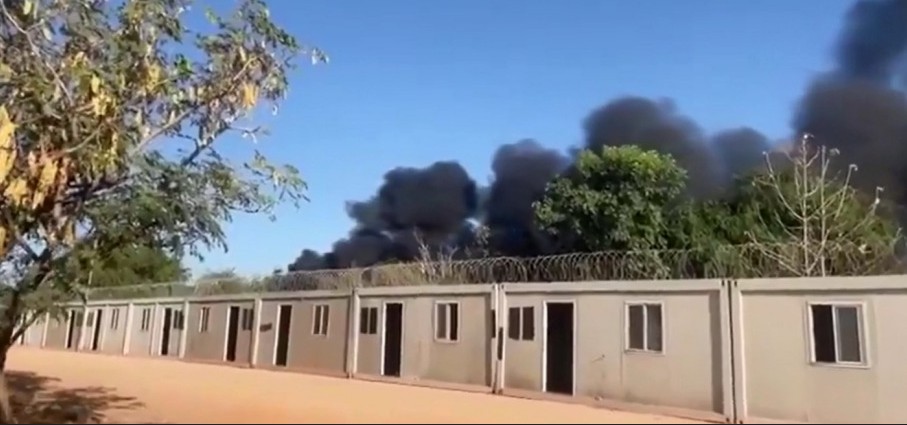DR Congo mystery illness: What we know
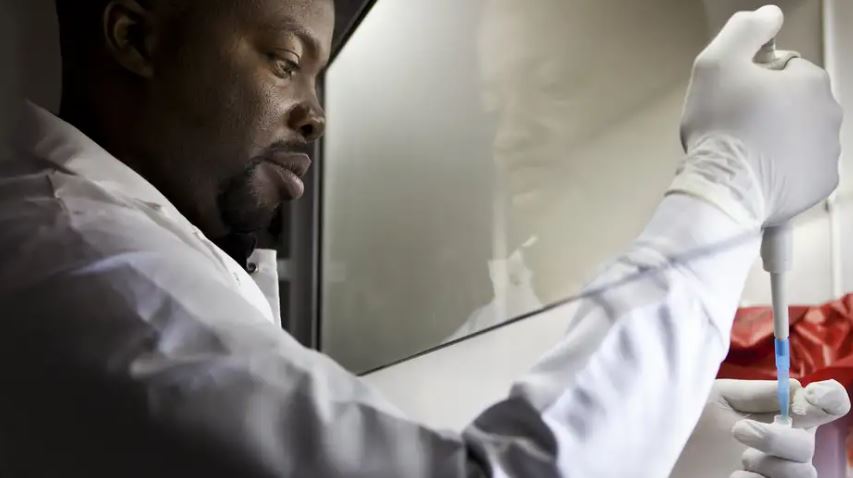
So far, the DRC has recorded 406 cases of the undiagnosed disease. Severe cases have been reported among severely malnourished people, including 31 deaths, mostly children.
5It is almost impossible to treat an illness like Disease X that's spreading in DR Congo — medics don't even know whether it is a viral or bacterial infection.
So far, the DRC has recorded 406 cases of the undiagnosed disease. Severe cases have been reported among severely malnourished people, including 31 deaths, mostly children.
More To Read
- DRC to receive 200,000 Mpox vaccine doses from Gavi amid record outbreak
- Congo to get Japan's mpox vaccine for children from next week, Africa CDC says
- Africa CDC says more than $800 million pledged for mpox response
- Rwanda becomes first country in Africa to administer Mpox vaccination
- Health Ministry calls on counties to reactivate Covid-19 isolation centers amid growing Mpox fears
- Mpox outbreak in Africa was neglected – it could now turn into the next global pandemic
The spread of the disease is currently concentrated in the Panzi district in Kwango province, located about 700 kilometres (435 miles) from the capital, Kinshasa. Panzi district is remote, with difficult-to-access roads and nearly non-existent health infrastructure.
Health officials say the disease is most likely to be an already-known illness rather than a brand-new one. But they still don't know which one.
"Reports of outbreaks with fatalities crop up somewhere in the world several times a year. Almost all turn out to be an already well-known infection with limited global consequences," said Paul Hunter, an epidemiologist at the University of East Anglia, UK, in a press statement.
What is the likeliest cause of the disease outbreak?
Jake Dunning, an infectious disease specialist at the University of Oxford, UK, said calling the incident a Disease X outbreak could be misleading and counterproductive
"Disease X should only really be used when there is an infectious disease with epidemic or pandemic potential and a novel pathogen has been identified or is strongly suspected. It would be more appropriate to say that, currently, this is an undiagnosed morbidity and mortality event," Dunning told DW via email.
The undiagnosed disease causes flu-like symptoms of fever, headache, cough and anaemia.
That's why the World Health Organization (WHO) also believes the unidentified disease will most likely be traced back to already known causes.
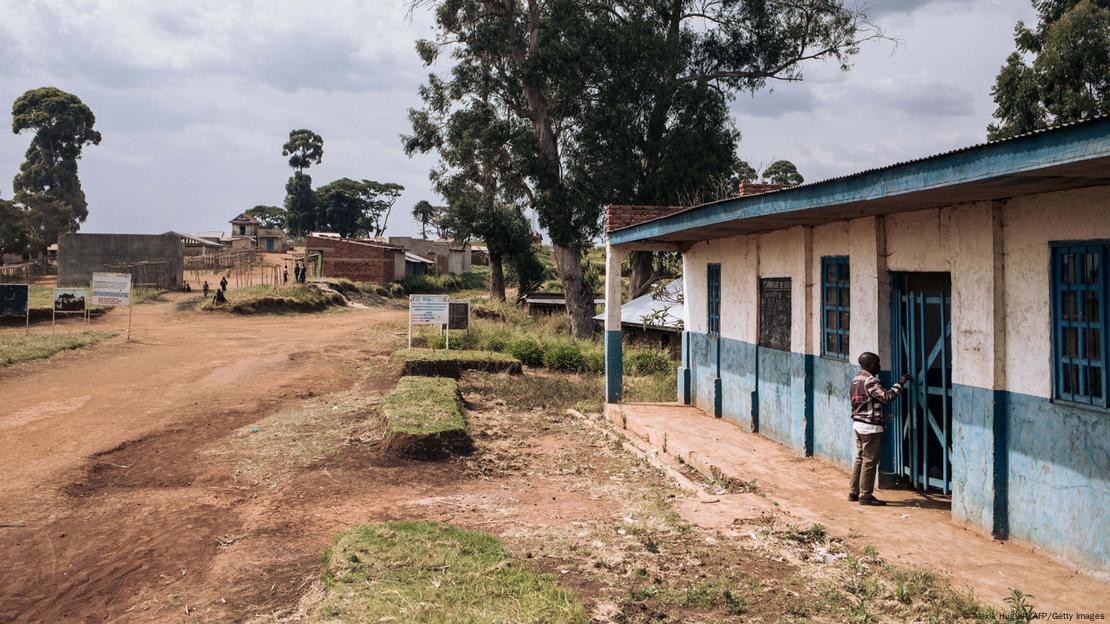 Hospitals in remote regions of DRC, such as this one in Rethy, are ill-equipped to test for rare diseases. (Photo: Alexis Huguet/AFP/Getty Images)
Hospitals in remote regions of DRC, such as this one in Rethy, are ill-equipped to test for rare diseases. (Photo: Alexis Huguet/AFP/Getty Images)
Based on the symptoms, acute pneumonia, influenza, COVID-19, measles and malaria are being considered as possible causes.
But it could also be a mix of diseases causing the outbreak, including other mosquito-borne diseases like dengue and chikungunya, as well as malaria.
"Malaria is a common disease in the area and may be causing or contributing to the cases," the WHO reported on December 8.
Hunter says the disease is probably a respiratory infection. Because some patients reported anaemia as a symptom, Hunter thinks the bacteria Mycoplasma pneumonia could be a likely culprit.
Other Topics To Read
"But it is too early to make a definite diagnosis until further analyses are reported," Hunter said.
Africa CDC investigating causes with local authorities, WHO
The Africa Centres for Disease Control and Prevention (Africa CDC) has deployed a multidisciplinary team of science and health experts to support the WHO and DRC's Ministry of Health's ongoing investigation.
"Laboratory tests are underway to determine the exact cause," the WHO has reported.
Meanwhile, they are running diagnostic tests and implementing disease control measures on the basis that more than one disease is responsible for the infections.
However, they are likely to face difficulties detecting the cause because of the affected area's remoteness and logistical barriers.
Limited mobile phone and internet coverage across the region have hampered the deployment of response teams. It's a two-day drive from the nearest major healthcare hub in Kinshasa due to the rainy season affecting roads.
Why is this disease such a mystery?
Health experts believe the causes of the outbreak are unknown because of limited testing capabilities in the region.
Clinical laboratories in the Panzi district can only test for common pathogens. The detection of rarer pathogens often requires samples to be sent to specialist laboratories. Scientists there use techniques that aren't available in remote areas, such as gene sequencing, to find which pathogens are causing a disease to spread.
For DRC, this might mean samples will be sent abroad for testing, increasing delays.
"The DRC has some great clinicians, scientists, and laboratories, all well versed in outbreaks and emerging infections, but the DRC is a huge country and arguably remains resource-limited and a complex environment," Dunning told DW.
The lack of information about the disease makes it harder for local health authorities to accurately assess the threat they face.
International healthcare teams are investigating so-called transmission dynamics, and actively searching for additional cases, both within health facilities and at the community level.
"It is vital that these cases are investigated promptly so that appropriate treatment and control measures can be implemented," said Hunter.
Deputy governor of Kwango Remy Saki told DW on December 8 that the province had implemented measures to prevent the epidemic from spreading.
The measures include limiting the movement of people and registering the entry and exit of people from surrounding villages, as well as wearing face masks.
Top Stories Today

